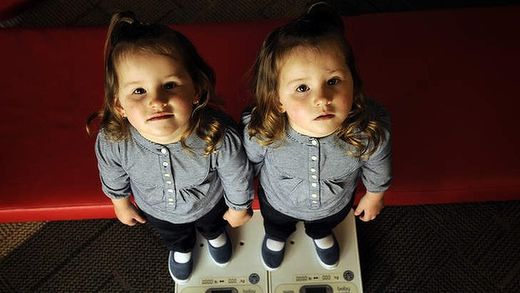
© AP Photo/dapd/Nigel TreblinLiars in waiting.
A new Canadian study concludes that the people most likely to lie for monetary gain are the children of divorce, business majors, and - perhaps most surprisingly - the religious.
The
study, conducted by Jason Childs of the University of Regina, recruited 400 students from introductory economics classes at his university. Each pair was separated. One student, the "sender" was told that she was to provide her partner (the "receiver") in the other room with a set of cash amounts. The "receiver" then would choose the amount she preferred to take home, leaving the other portion to the "sender." In some cases the options were $5 and $7; in others $5 and $15.
Either way, the sender would have to make a decision: Tell her partner the real amounts - so that the partner would presumably select the higher amount - or lie to her partner and take the greater portion. Just over 50% of all participants lied.
Even more interesting is who
chose to lie.
Men and women did not differ significantly, while the children of divorce took the lead spot in duplicity, electing to lie to their partners at a rate 29.3% higher than the group average. Next up were the business majors with a rate of lying that was 18.1% higher than all the other majors combined. "It could be that these students are more prone to lying by nature or training," writes Childs. "It could also be that individuals strongly motivated by financial returns, and therefore more likely to lie for a monetary payoff, are more likely to pursue an education in business."
What's more, the researchers found that one's likelihood for lying was directly proportional to reported religiosity and
that their small sample of children raised by single parents (who separated amicably or were single due to death of a spouse) was significantly (39%) less
likely to lie for financial gain.

Comment: In light of the recent NSA spying scandal, it's high time people start developing technologies that allow them to at least be aware of who is monitoring their Internet activities.